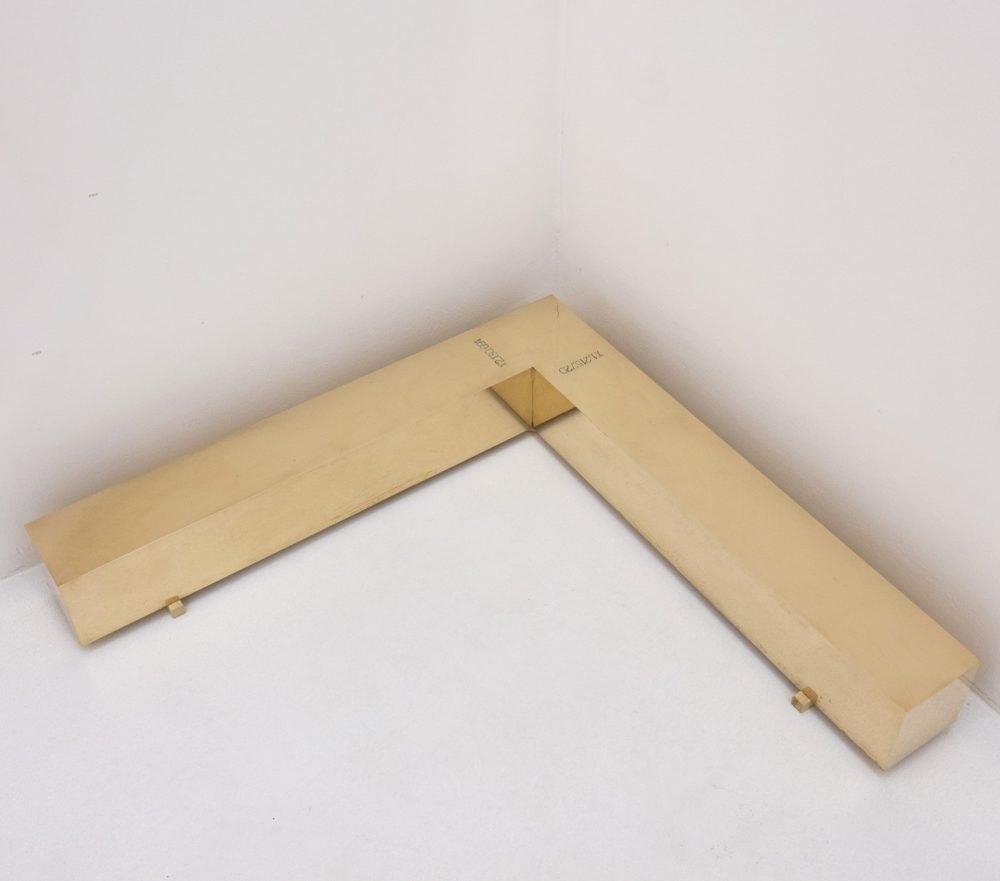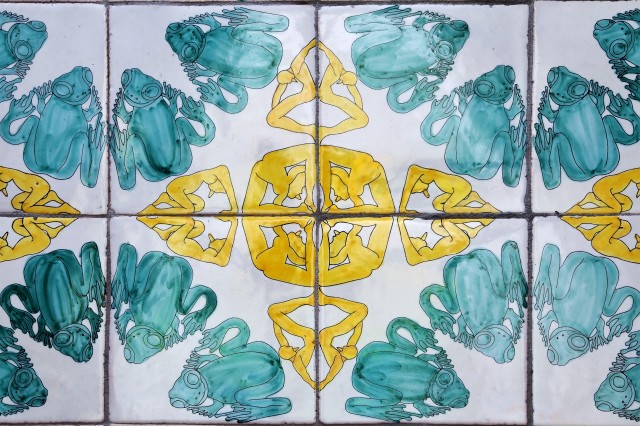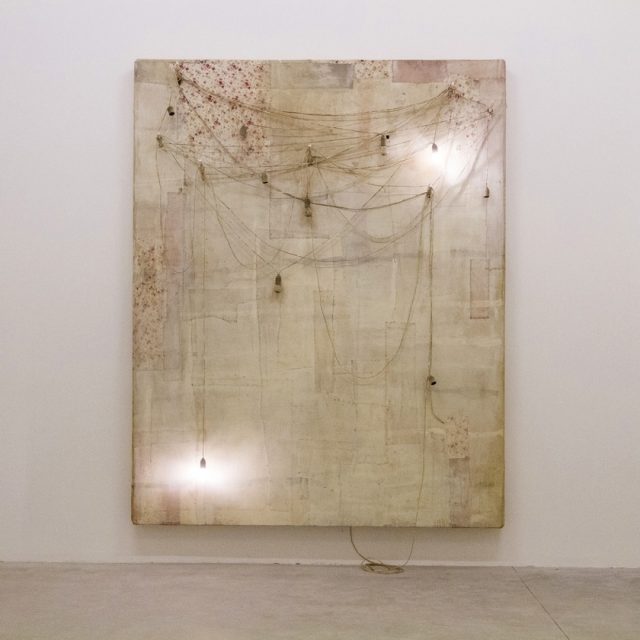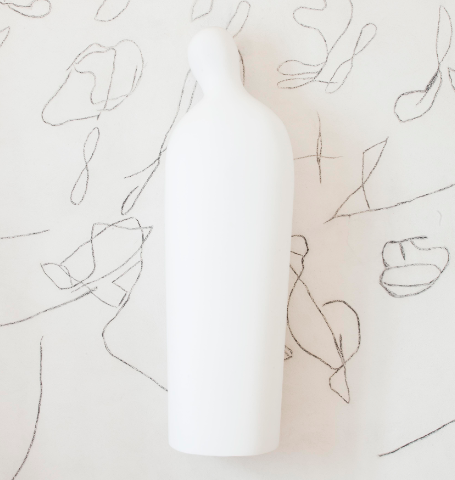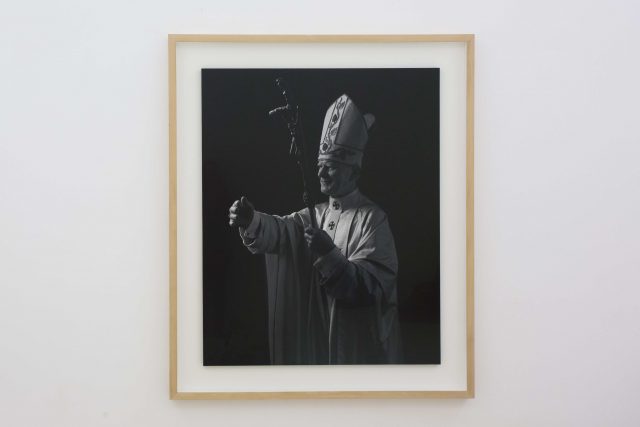Francesco Arena (Torre Santa Susanna – Brindisi, 1978) examines the significance of history and contemporary memory for the construction of the present in an artistic inquiry which is physically impressed into his sculptures in order to retain its intensity, thus providing evidence of a history designed to be shared. Materials are always shaped, safeguarding their intrinsic properties but matching them with the need to convey an idea or a specific event which is metaphorically encapsulated in sculptural form. For the weight and dimensions of his sculptures, Arena often uses his own body as a unit of measurement since a key aspect of his artistic practice is the reciprocal relationship between the art work and the human being (both in the sense of the author and the spectator). Another crucial aspect of his work is the awareness that history is made by human beings who experience a specific moment either actively or passively and can intervene in the formation, understanding and consequentiality of a series of phenomena.
This line of inquiry, which is simultaneously sculptural and political, began in 2004 when the artist recreated a full-size model of the flat in which Aldo Moro was imprisoned by the Red Brigades beginning in 16 May 1978 (the precise dimensions of the room in which he was incarcerated were 3.24 sq m). Between 2007 and 2008 the artist used various materials, such as iron, clay, reclaimed objects and fragments of other sculptures to make a series of supports for real sickles and hammers, thus physically creating the symbols of communism. Since 2009 his work has focused as well on the events surrounding the death of the anarchic railwayman Giuseppe Pinelli, unjustly accused of the Piazza Fontana bombing (Milan, 1969), “an innocent man who died in tragic circumstances…”.
The three works entered in the collection at Madre in the context of Per_forming a collection project, which are scattered in different rooms, consist of highly polished bronze bars entitled Passo (“Stride”), Passo doppio (“Double Stride”), Passo triplo (“Triple Stride”) (2016). The numbers engraved on each of the bars – whose segments correspond to the artist’s stride length – have to be multiplied by the size of each one. In Passo, on which the number “x 250.000” is engraved, the multiplication generates the distance between the station at Budapest and the Austrian border which was walked by 3000 Syrian migrants in 2015. The numbers “x 2.130.691” and “x 1.215.720” are engraved on Passo doppio, with two bars forming a right angle, and the result of each multiplication generates the distance that separates Bodrum from the Austrian border and the distance that separates Bodrum from the Syrian border, while the total of these two distances indicates the length of the journey made by Syrian refugees to reach Europe. In the work Passo triplo the three sheets form a T-shape and the numbers “x 482.588”, “x 456.514” and “x 1.151.103” are engraved on the junction between them: the multiplication of these numbers results firstly in the distance separating Munich from the Italian border, then the distance between Munich and the French border, and lastly the distance between Munich and Sweden, taking Munich as the distribution hub for migrants between Northern and Southern Europe.
[Anna Cuomo]
